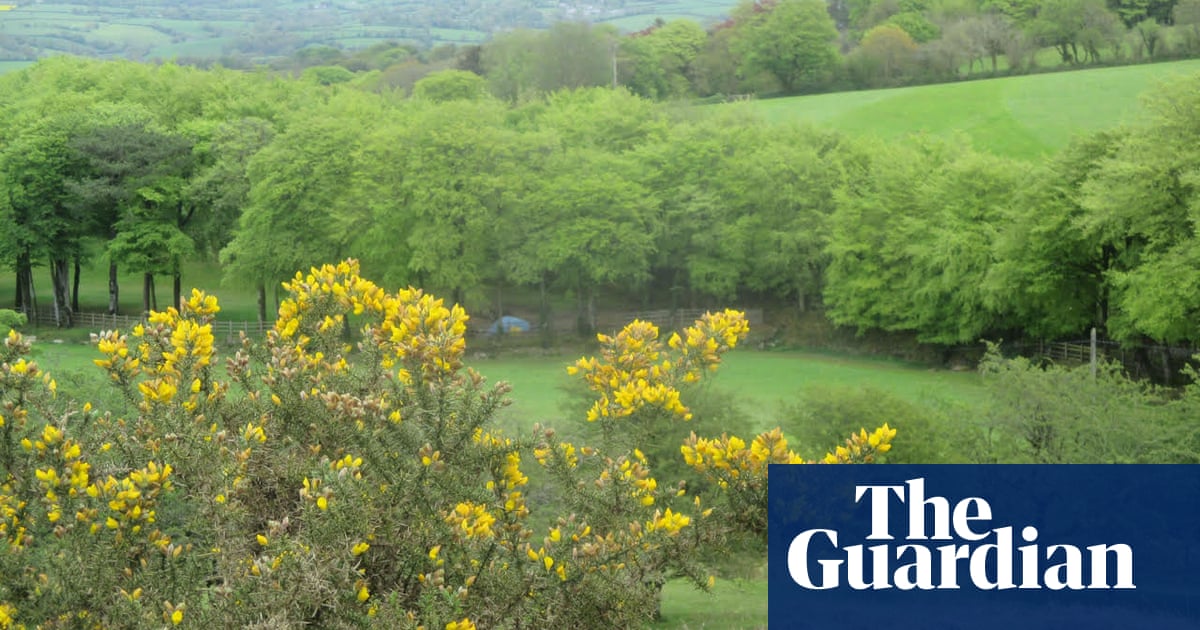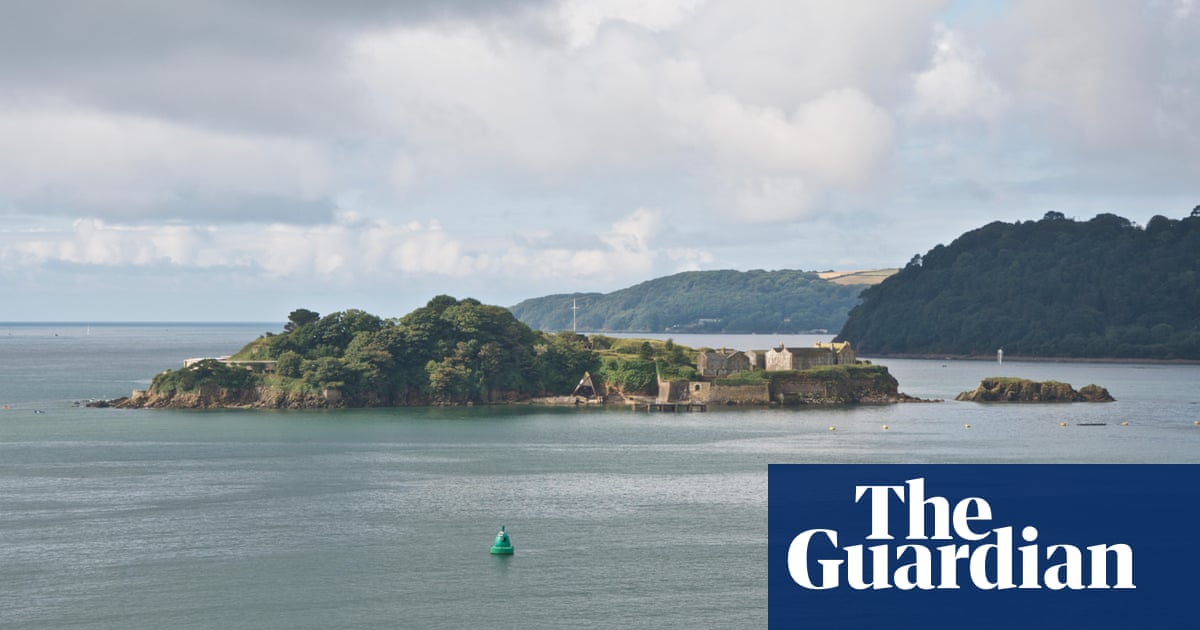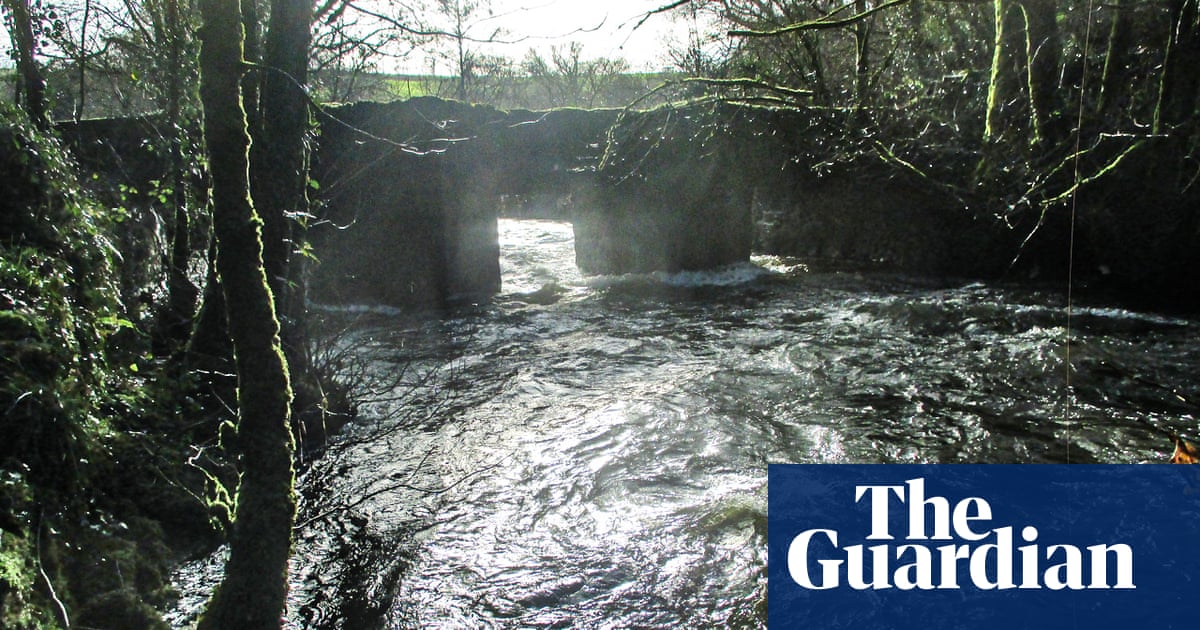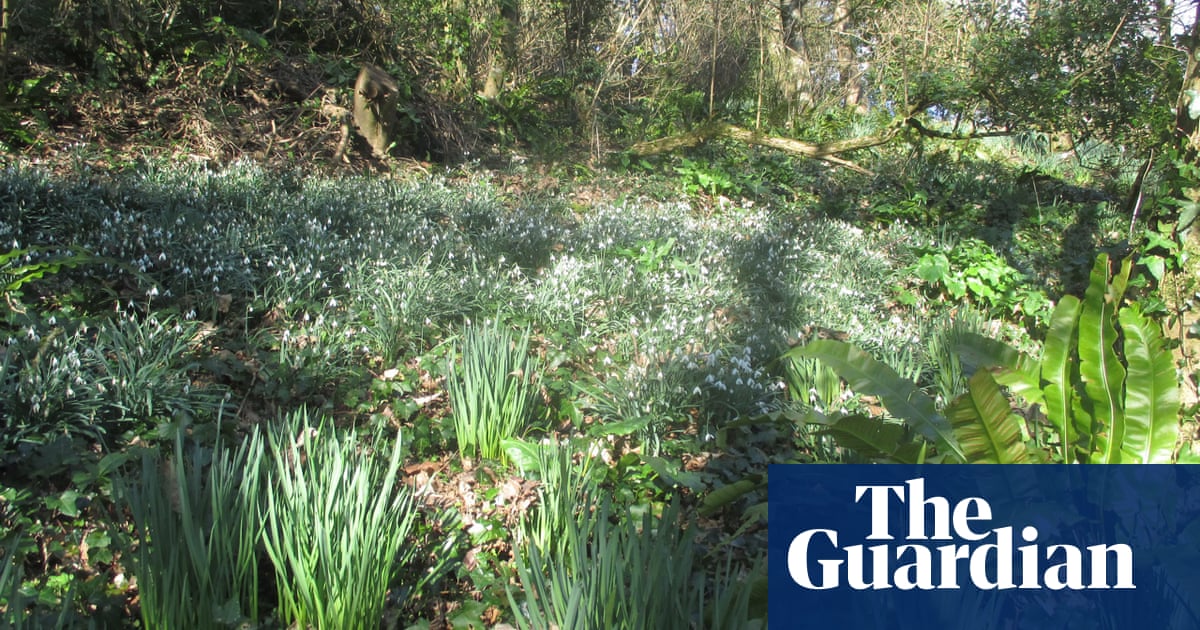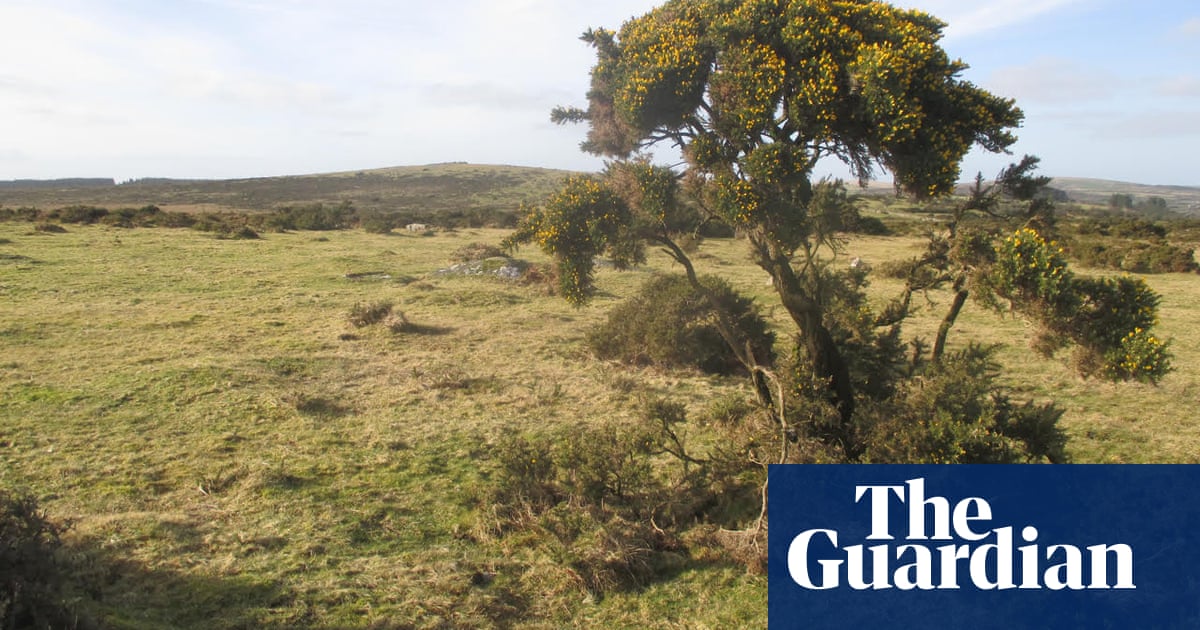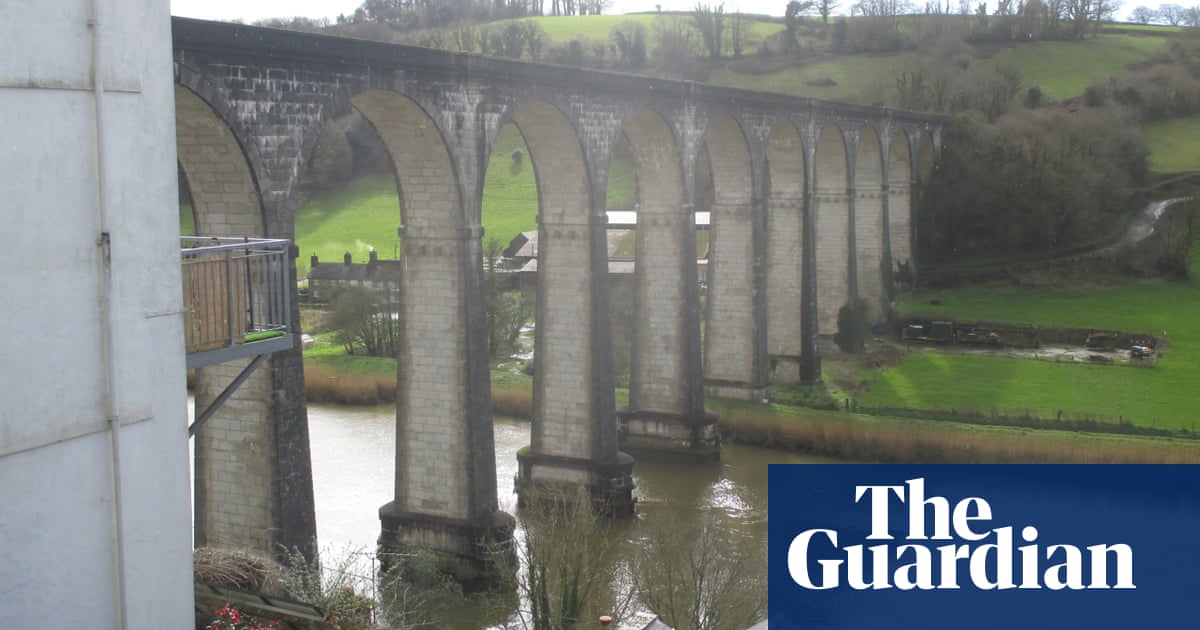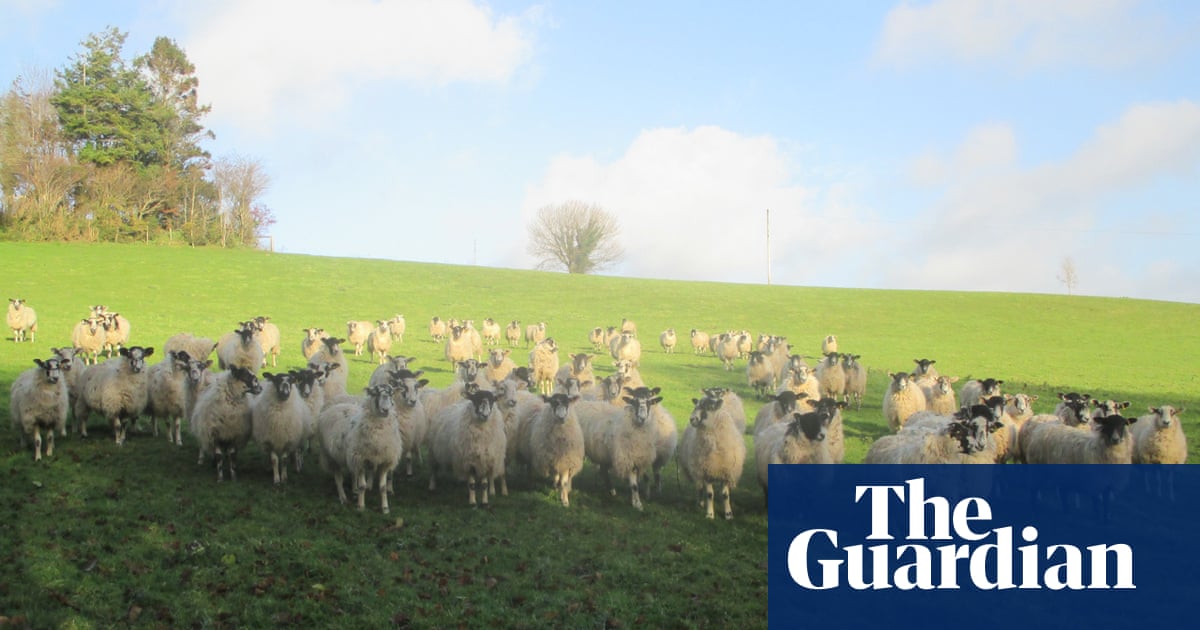
Such was the quantity of rainfall last week that the meadow by the National Trust’s Cotehele Mill flooded, the brown swirling water incongruously strung across with Christmas fairy lights, marking the destination of the woodland path from the quay. Runoff from saturated ground converges now towards the racing streams that were once channelled to power grindstones at the Radland, Cotehele and Barrett’s mills.
Amid the prevailing dullness of midwinter, on a bright afternoon we walk west, towards the watershed – the parish’s highest ground separating it from the River Lynher’s catchment. Lowering sun casts tree shadows across sparkling streams, while the steep banks of north-facing fields remain in shadow. On this sunny slope opposite, a flock of inquisitive ewes tread lightly, soon to be moved to another enclosure to avoid soil compaction and overgrazing of the permanent grass.
Narrow lanes glisten with water, flowing between shoals of washed-down leaves and gravel; overgrown hedge-banks, topped with tight catkins, rotting haws and ripening ivy berries, are thick with collapsed bracken, sprawling brambles, and withered buckler, male and soft-shield ferns. The deepest ways are embedded in shade, but wintry gloom is enlivened with glossy pennywort and cushions of bright mosses.
Across Viverdon the noise of traffic, speeding on the straightened A388, overrides the swish of wind that soughs through the branches of ever-higher hedges around the rewilded Larkrise. A lone snipe flies towards it, away from vacated, squelchy grazing fields on former downland (reclaimed in the late 19th century), which is enclosed with stone-faced banks topped in regularly shorn thorny growth, including yellow flowering gorse.
Cattle hoof prints are waterlogged and, on the gusty summit field, a grassy mound is all that remains of prehistoric tumuli. Below this ancient burial place, across a patchwork of fields, pasture predominates, but there is also muddy earth associated with harvested maize and fodder beet that has still to be dug. Kit Hill and its distinctive mining landscape to the north remains clear, but approaching rain soon part-obscures the hazy skylines of Dartmoor, Bodmin Moor and glimpses of the sea off the south coast.




